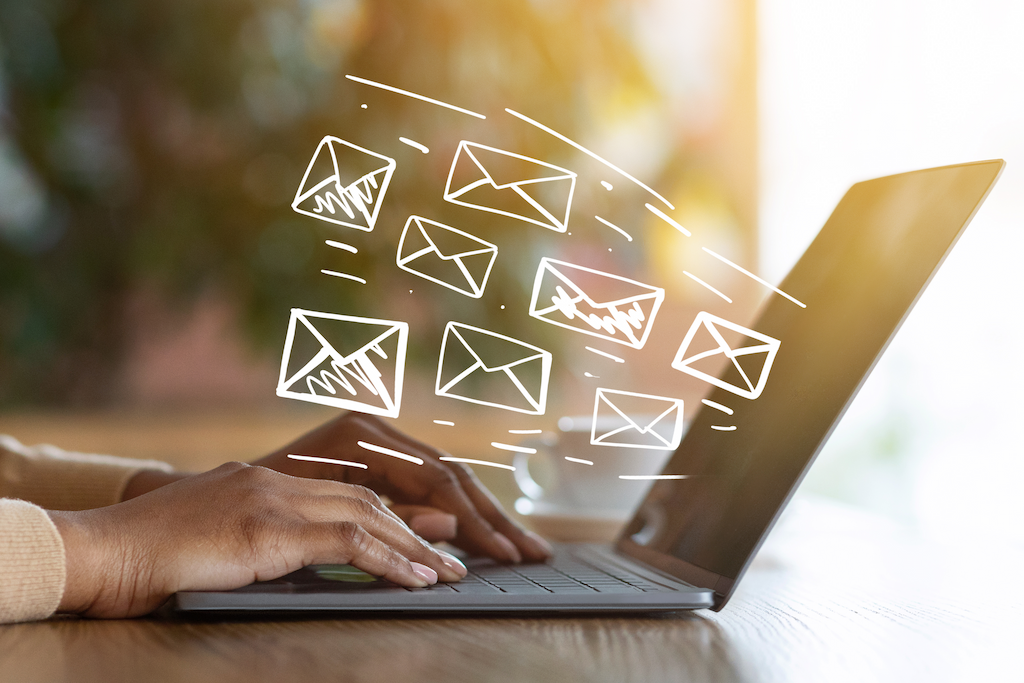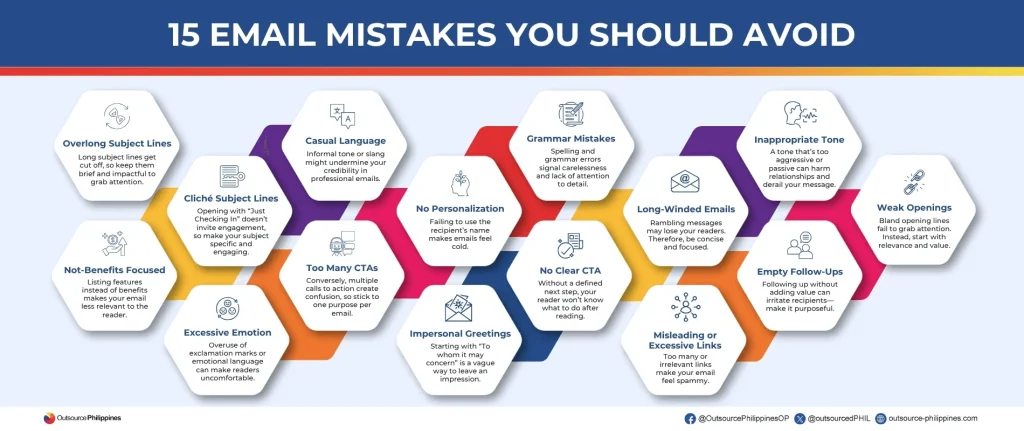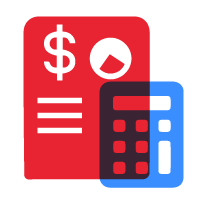Email communication is an essential part of business interactions, yet many professionals unknowingly make mistakes that leave a negative impression. These mistakes can affect how your message is received and may even hurt your brand’s reputation.
In this post, we’ll explore why strong email skills are crucial in marketing, identify common mistakes to avoid by looking at bad email examples, and share strategies for crafting emails that lead to better results.

Why Do Excellent Email Skills Matter in Marketing?
When you send an email—especially in a marketing or business setting—first impressions matter a lot. If your emails are poorly written, they can make you look careless, unprofessional, or even spammy. But when you write clear, well-organized emails, you build trust and show that you’re serious and credible.
Good email skills make a big difference. They help you get people’s attention and encourage them to take action. Well-written emails also improve your brand’s reputation, showing that your business is professional and reliable. Plus, emails with a clear tone and purpose are more likely to get responses, since your target audience likely understood them the way you intended.
Let’s dive into common bad email examples and mistakes you should steer clear of.

15 Bad Email Mistakes You Should Avoid (With Examples)
Here are 15 common email mistakes to avoid, along with examples and better alternatives to help you communicate more effectively.
1. Subject Lines That Are Too Long
Subject lines that are too long get cut off in inbox previews, making your email look less polished and reducing the chances of the recipient opening it. Keep your subject lines concise and impactful to ensure they’re fully visible and grab attention.
Example: “Here’s the detailed information you requested about our new product and services, including pricing, specifications, and more. Let us know if you have any questions or need further details.”
Better: “Get Pricing & Full Details on Our New Product—See How It Can Help You”
2. Boring or Overused Subject Lines
Using generic or overused phrases like “Just Checking In” or “Quick Question” often makes your email seem like a mass message. These subject lines lack the creativity needed to stand out in a crowded inbox and fail to entice the recipient to open the email.
Example: “Just checking in to see if you received my last email about our product offering.”
Better: “How Our Product Can Save You Time—Check Out This Offer!”
3. Not Using the Recipient’s Name
Not addressing the recipient by name might make your email feel impersonal and less engaging. Personalization is a simple but effective way to improve your email’s open rate and engagement. By using the recipient’s name, you make the message feel more relevant and tailored, which increases the likelihood of a response.
Example: “Hi, I hope you’re doing well. I wanted to share some updates with you regarding our services.”
Better: “Hi Sarah, I hope you’re doing well! I wanted to share some exciting updates on how our new services can help you.”
4. Talking About Features Instead of Benefits
Focusing too much on the features of your product or service, rather than explaining how it benefits the recipient, makes your email seem self-centered and less compelling. Instead of listing features, highlight how the product or service will solve the recipient’s problem or make their life easier.
Example: “Our software includes features such as a multi-channel dashboard, advanced analytics, and automated reporting tools, which will help you streamline operations.”
Better: “Our software saves you hours each week by automating your routine tasks, allowing you to focus on more strategic decisions. You’ll spend less time managing reports and more time growing your business.”
5. Being Too Casual or Unprofessional
While it’s important to have a friendly tone, being overly casual or using informal language can make your email appear unprofessional. In a business context, you need to strike the right balance between being approachable and maintaining a sense of professionalism. Avoid using slang, emojis, or overly familiar terms that may come across as disrespectful or inappropriate.
Example: “Hey there, hope all is good! Just wanted to check in and see if you had a chance to review my proposal. Let me know if you have any thoughts!”
Better: “Hi [Name], I hope everything’s going well. I wanted to follow up on the proposal I sent over last week. Please let me know if you have any feedback or questions.”

6. No Clear Next Step
A common mistake in email communication is not providing the recipient with a clear action to take after reading the message. If your email lacks direction, the recipient may feel unsure of what to do next and could easily ignore it. Be sure to include a clear, actionable next step, whether it’s clicking a link, replying to the email, or scheduling a call.
Example: “Let me know if you need anything or have questions.”
Better: “Please click this link to schedule a time for a quick demo so we can show you how our solution will be able to help your team.”
7. Including Too Many Calls to Action, Creating Confusion
When you ask the recipient to do multiple things at once, it can cause confusion and overwhelm, decreasing the likelihood of any action being taken. Focus on one primary call to action per email to ensure clarity and direction. When you overload the email with requests, the recipient might feel paralyzed and take no action at all.
Example: “Click here to download the eBook, reply to this email with your thoughts, and sign up for our upcoming webinar.”
Better: “Click here to download your free eBook and get started on improving your workflow today.”
8. Grammar and Spelling Mistakes That Look Unprofessional
Grammar and spelling errors in emails will quickly affect your credibility and give the impression that you don’t care about the message you’re sending. Typos and mistakes make your email look rushed and unprofessional, leading to a negative impression. Always take the time to proofread your emails before hitting send.
Example: “I’ll get back to you as soon as I can, don’t hesitate to ask me any questions.”
Better: “I’ll get back to you as soon as possible. Please don’t hesitate to reach out if you have any questions.”
9. Weak or Uninteresting Opening Lines
Starting your email with generic phrases like “Hope you’re well” or “I wanted to reach out” doesn’t capture the recipient’s attention. Instead, begin with an engaging and relevant statement that adds value or sparks interest right from the start. Make sure the opening lines make the recipient want to read more.
Example: “I hope you’re doing well! I wanted to reach out to you because I have something that could help your business.”
Better: “I noticed your team is looking to improve productivity, and I think our software could save you up to 5 hours a week.”
10. Emails That Are Too Long and Rambling
Long emails filled with unnecessary details are more likely to get skimmed or ignored. People often don’t have the time to read through lengthy, rambling emails. Get to the point quickly and keep your emails concise and focused. Short, to-the-point emails are much more effective and have a higher chance of being read in full.
Example: “I’ve been thinking a lot about how our two companies can work together, and after considering various options, I think this would be a great partnership. Let me explain how this could work in detail, and here’s why…”
Better: “I believe our services could help streamline your workflow. Here’s how we can get started in just three steps.”

11. Too Much Emotion, Making It Uncomfortable
While expressing enthusiasm and excitement is good, too much emotion in your email can make the recipient uncomfortable. Overusing exclamation marks or being overly emotional may come across as unprofessional. Keep your emotions balanced and make sure the tone of your email is appropriate for the situation.
Example: “I am SOOOO excited about this opportunity for us to work together!!! This is going to be AMAZING!!!”
Better: “I’m excited about the opportunity for us to collaborate and achieve great results together.”
12. Wrong Tone That Sends the Wrong Message
The tone of your email is crucial in ensuring your message is received well. Emails that are too aggressive, passive-aggressive, or overly demanding can create a negative impression and damage relationships. Stay clear, polite, and respectful in all your communications.
Example: “I really need you to respond by the end of the day, or I will assume you’re not interested.”
Better: “Please let me know your thoughts by the end of the day, as it will help us proceed with the next steps.”
13. Adding Unnecessary or Misleading Links
Including too many links, or worse, misleading ones, can make your email look spammy and untrustworthy. Only include relevant, useful, and trustworthy links that directly contribute to the purpose of your email. Too many links also distract the recipient from the main message.
Example: “Check out these 15 articles I found on random topics that might interest you.”
Better: “Click here to read our latest blog post that explains how our software can improve your team’s efficiency.”
14. Following Up Without a Good Reason
Sending follow-up emails too often or without a compelling reason can irritate the recipient. If you need to follow up, ensure you’re adding value to the conversation, such as providing additional information or clarifying details. Always ask yourself whether your follow-up email is necessary and whether it provides new value.
Example: “Just following up to see if you had any thoughts on my previous email.”
Better: “I wanted to follow up with some additional information that could help with your decision-making process.”
15. Unclear or Impersonal Greetings
Starting an email with impersonal greetings like “To whom it may concern” or “Dear Sir/Madam” can make your message feel distant and unengaging. Always try to personalize the greeting by using the recipient’s name. If you don’t know their name, take the time to find it out or use a more specific greeting.
Example: “To whom it may concern, I am writing to inquire about your services.”Better: “Hi [Name], I’m reaching out to inquire about how your services can help my business.

You may also download the infographic above as your reference in the future.
Grow Your Brand with Strategic Email Marketing
Your email communication can make or break your brand’s reputation. By avoiding common email mistakes and following best practices, you’ll be able to create business emails that engage, convert, and build lasting relationships.
Need expert assistance with email marketing? Outsource Philippines offers professional email marketing solutions to help you craft high-performing campaigns that drive results. Contact us today to take your email strategy to the next level!







